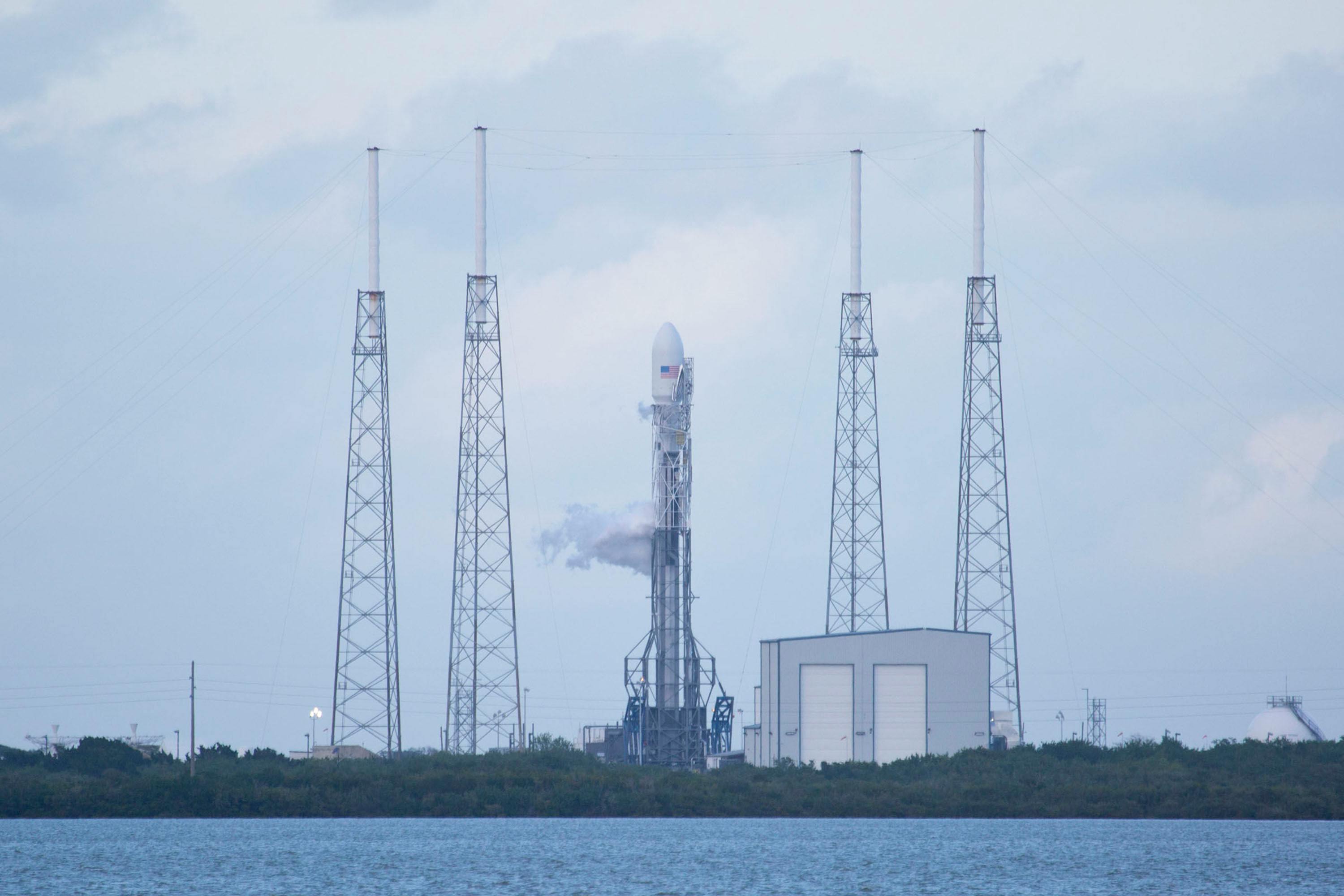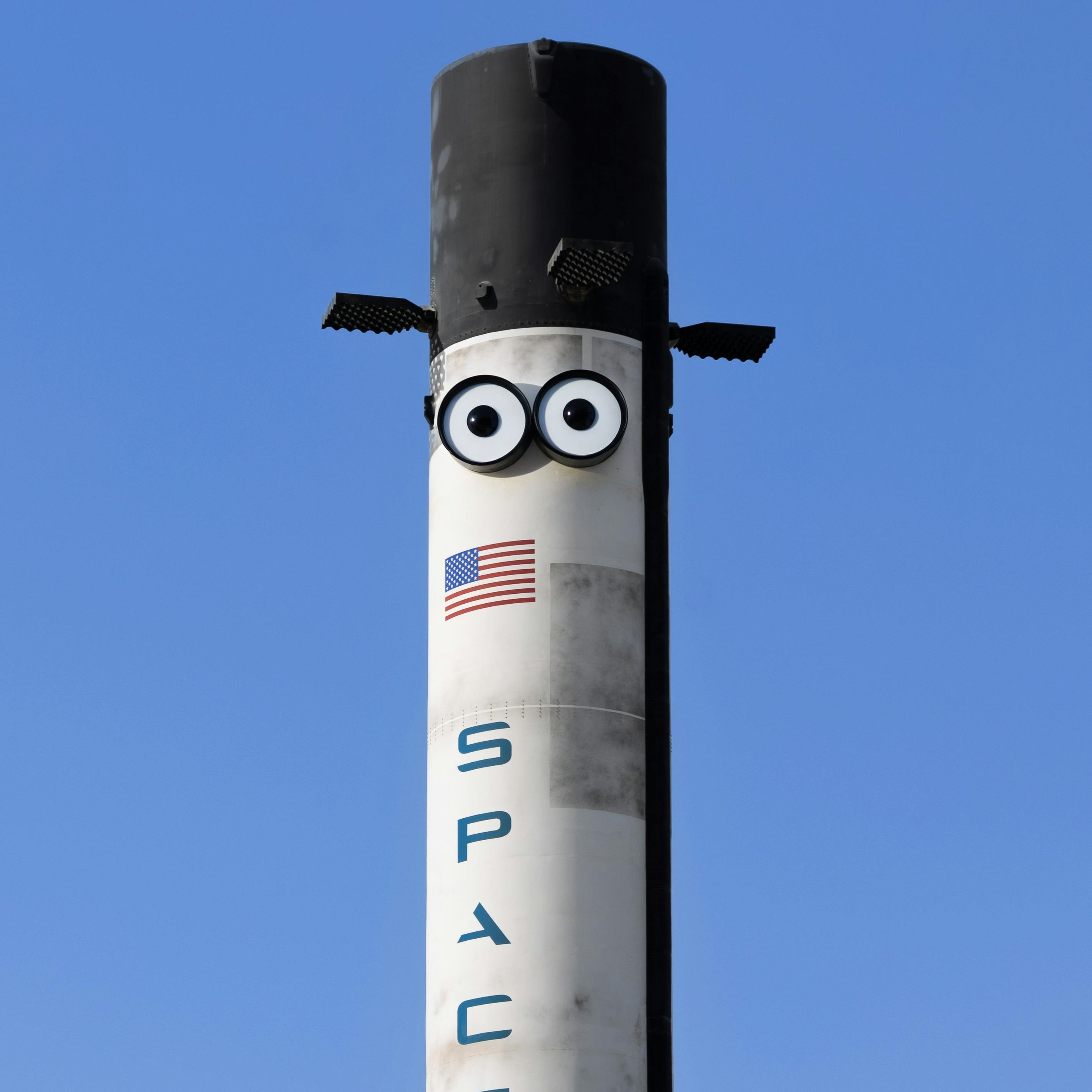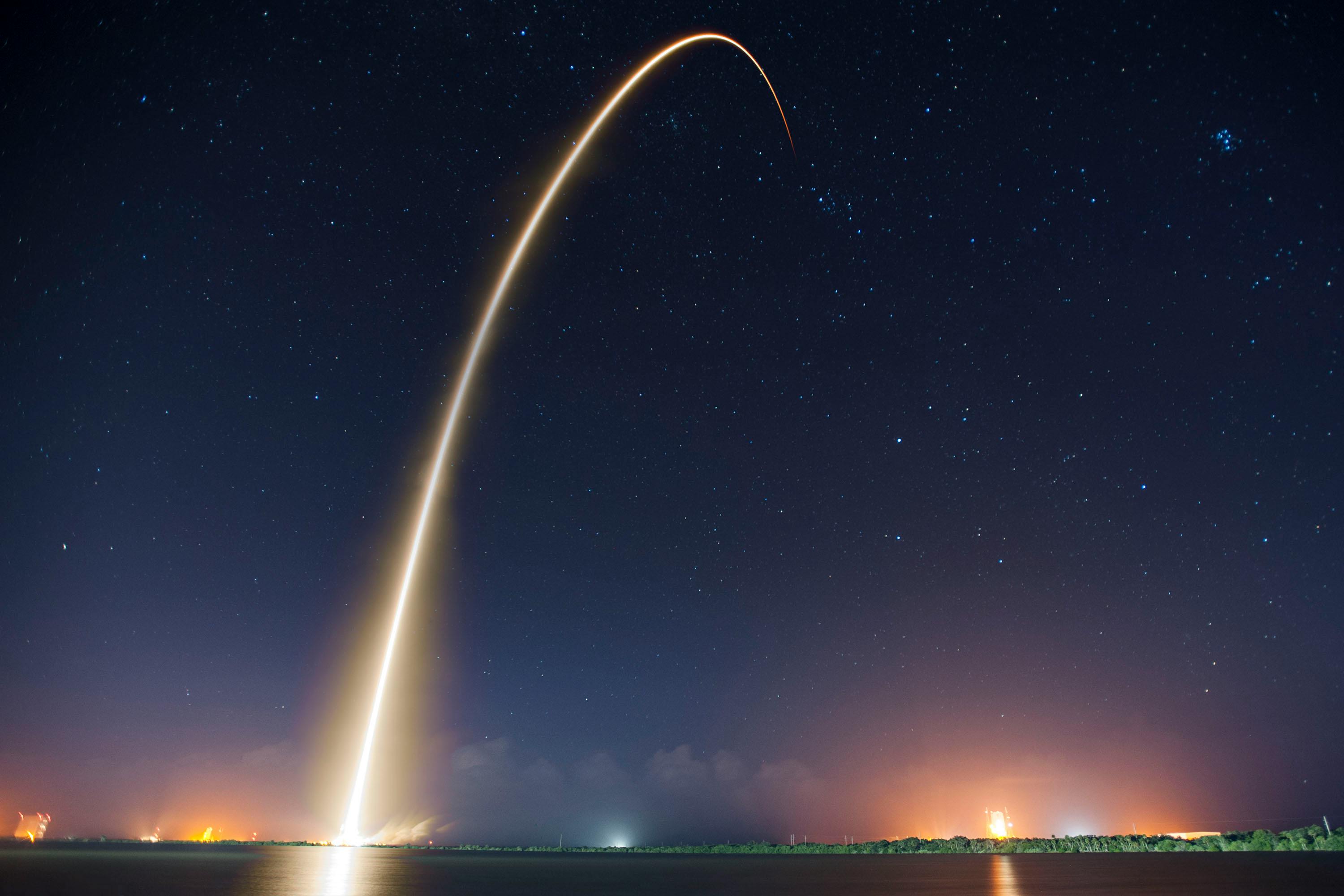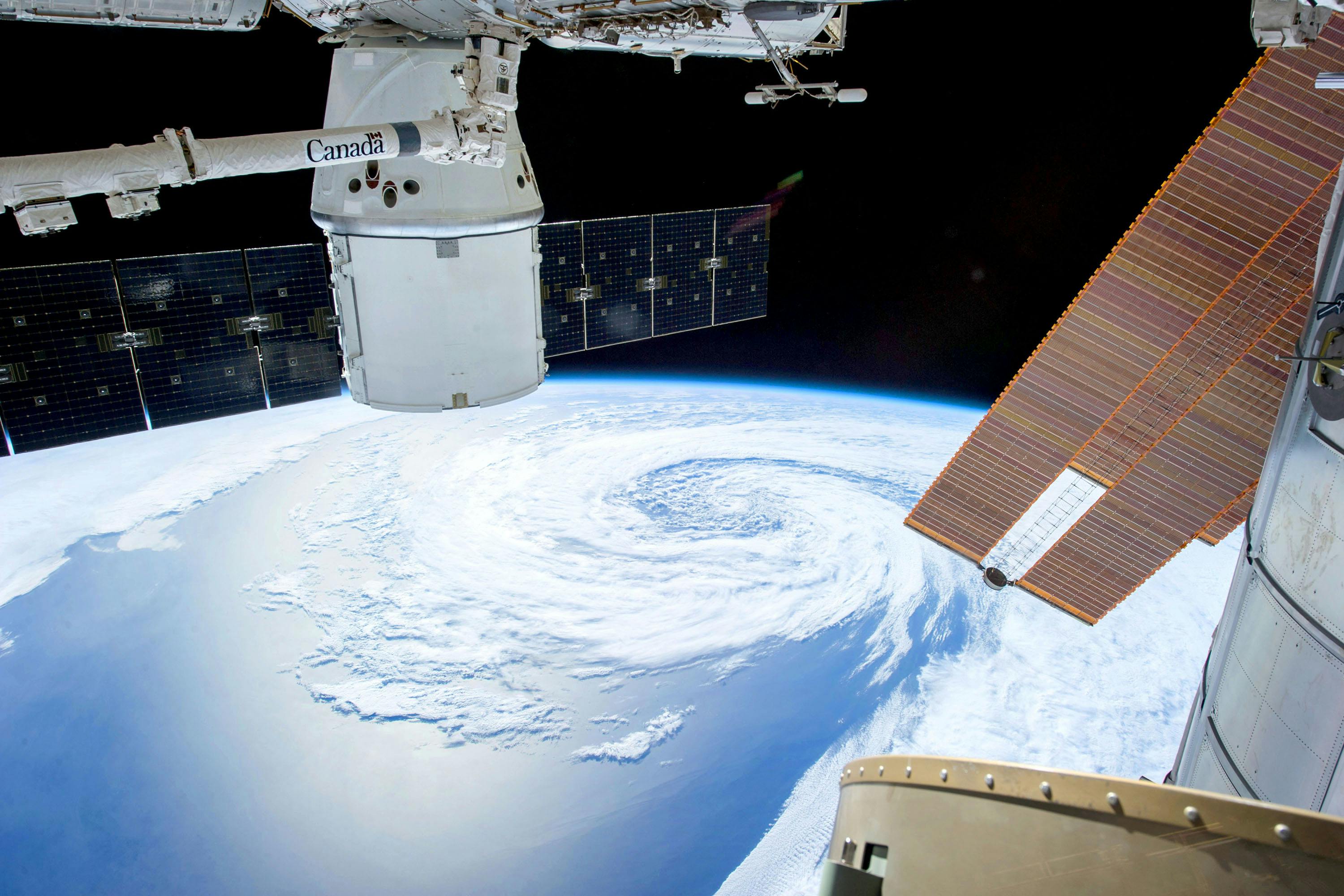· x report · 2 min read
X Report 19 Jan 2025
SpaceX prepares to launch 27 Starlink satellites in its first mission since the recent Starship explosion, while the FAA investigates debris reports from the failed test flight.

🚀 Latest Developments
SpaceX is poised to launch 27 Starlink satellites, marking its first mission since the Starship explosion incident. Meanwhile, the FAA is investigating reports of debris from the failed Starship flight causing property damage in the Turks and Caicos. These developments highlight both the challenges and the resilience of SpaceX in maintaining its ambitious launch schedule.
📰 Detailed Coverage
SpaceX Set to Launch 27 Starlink Satellites from California
In a sign of recovery and continuity, SpaceX is ready to launch 27 Starlink internet satellites from Vandenberg Space Force Base on January 19. This mission comes just two days after a test flight of the Starship megarocket ended in an explosion. The launch aims to deploy the most Starlink V2 Mini satellites in a single mission yet, underscoring SpaceX’s rapid turnaround capabilities and ambitious satellite deployment plans.
Contextually, the mission’s success could bolster SpaceX ambitions and reaffirm its capacity to sustain operational momentum following setbacks. Additionally, this launch is significant for satellite tracking users, enhancing the Starlink constellation that facilitates global internet coverage.
Read the full story: Space.com
FAA Investigating Starship Debris Reports
The FAA has initiated an investigation into reports that debris from a recent Starship test flight has landed and caused property damage in the Turks and Caicos. This comes after SpaceX’s Starship exploded during a test flight, raising concerns about safety and environmental impacts of the debris.
This investigation may present regulatory challenges for SpaceX, potentially influencing its launch schedule and necessitating enhanced safety measures. Analysts and competitors alike will monitor the outcome closely, as it could have ramifications for future test flights and commercial operations.
Read the full story: SpaceNews
Live Coverage of SpaceX’s Starlink Launch
A Falcon 9 rocket is set for liftoff at 7:35 a.m. PST from Vandenberg Space Force Base, California, in a mission poised to strengthen the Starlink network significantly. This mission is particularly noteworthy for featuring the highest number of Starlink V2 Mini satellites launched in one go, reflecting SpaceX’s commitment to expanding its satellite internet services.
For satellite tracking users, this development may offer new targets for observation and increase the availability of internet services in underconnected regions.
Read the full story: Spaceflight Now
📊 Starlink Status
- Total Launched: 7677
- Total On Orbit: 6912
- Total Working: 6874
Track Starlink satellites in real-time on our web app: Track Starlink

B1049




